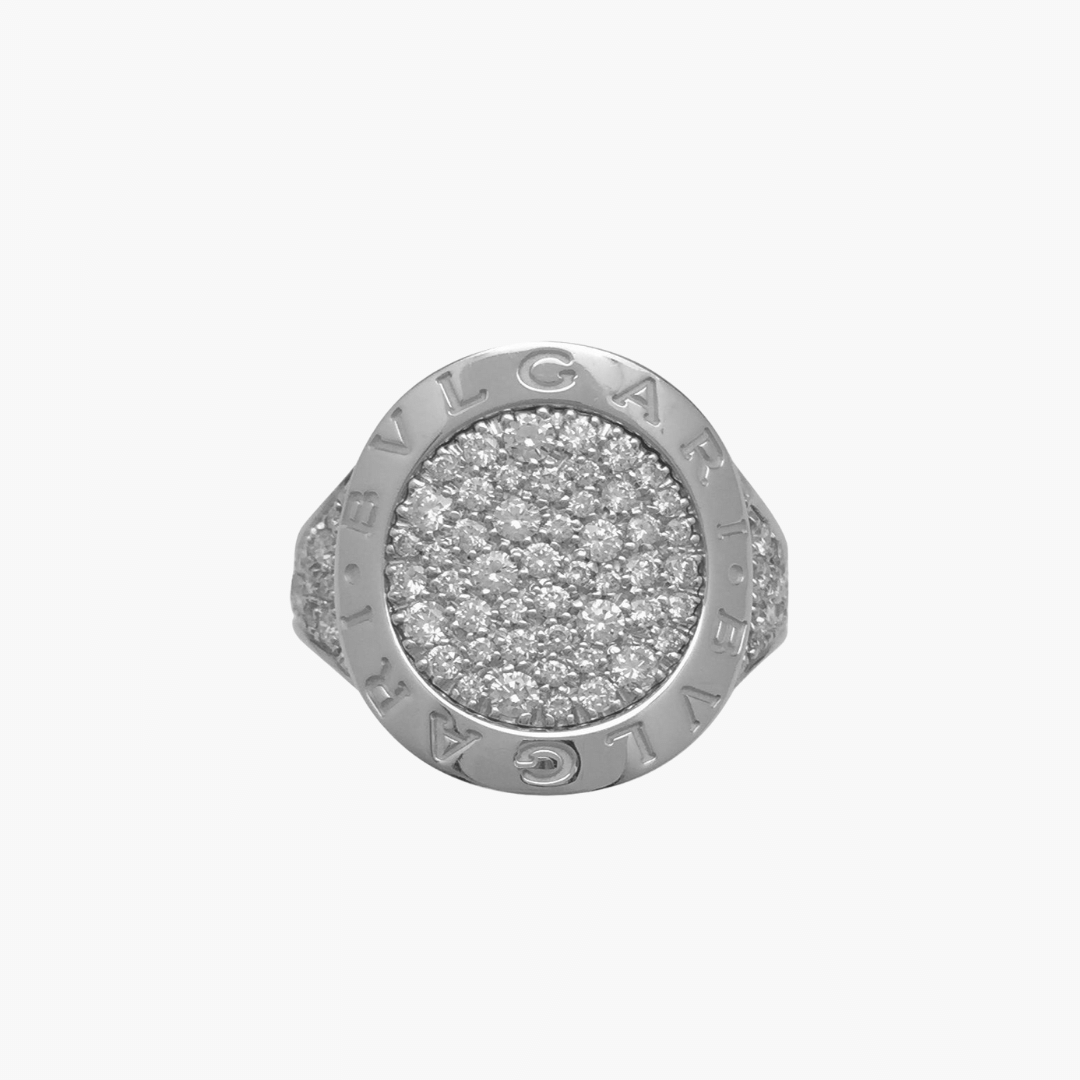- SIGNED JEWELERY -
BVLGARI, ICONIC ITALIAN JEWELERY
DIRECTED BY KYRA BRENZINGER, EDITOR-IN-CHIEF
FA member of the French group LVMH since 2011, Bvlgari nevertheless remains an emblematic brand of Italian style celebrating the femininity and playful colors of the land of Dolce Vita. Let's discover its history rich in glamorous events
The beginnings in 1884: the art of goldsmithing to silver jewelry
Surprisingly, this mark so characteristic of an Italian style was in fact created by a talented Greek goldsmith. The young Sotiro Bulgari, who arrived in Rome at the age of 24, came from a family of goldsmiths from the city of Paramythia, in northern Greece. In 1873 he fled with his father from the Ottoman war and arrived in Corfu. Together they open a goldsmith's shop and create some silver jewelry for a wealthy clientele, in particular for the famous Sissi who is in Corfu on vacation. Sotiro Bulgari left alone for Naples and settled permanently in Rome to open a boutique in 1884, specializing in goldsmithery, antiques and silver jewelry. He was already inventing a style with models in forged silver, highly prized by English or American customers visiting Rome. In 1908, thanks to his entrepreneurial spirit, Sotiro Bulgari developed his brand abroad with seven boutiques in Europe and in the various major Italian cities. It is inspired by the land of the sun and the architecture of Italian cities, like the homage to the cobblestone streets of Rome that can be found more recently in the Parentesi collection.
1910: the first diamond jewelery collections
Bvlgari's famous flagship store (voluntarily written in Latin), installed via Condotti in Rome was originally known as a "cabinet of curiosities" offering both old pieces and creations. With the arrival of his two sons, Constantino and Giorgio, Sotiro Bulgari decided to move upmarket by offering jewelry adorned with diamonds. In the 20s, the first Haute Joaillerie collection was born, in the Art Deco trend with geometric shapes. This one is very inspired by the spirit of the French school of jewelry and its techniques mixing diamond with platinum.
The 50s: cinema and glamor
Tremendous opportunity for Bvlgari: the Cinecitta film studios set up in Rome and attract the biggest Hollywood stars to the capital. The most emblematic personality remains Elizabeth Taylor who came to shoot the film Cleopatra in 1962, directed by her husband Joseph L. Mankiewicz. During the torrid scenes, she falls in love with actor Richard Burton who gives her many Bvlgari jewels to declare his love. He will say on this occasion that “the only Italian word that Elizabeth knows is Bvlgari”! During filming, the actress wears a wristwatch in the shape of an emerald-eyed snake on her wrist. The first piece, in the meantime called Serpenti, was born thanks to a cinema icon. This emblematic collection is now available in Haute Joaillerie, watchmaking and leather goods.
The chromatic art of gemstone cabochons
It was in the mid-50s that Bvlgari asserted its true style. Inspired by the Italian Dolce Vita and its architecture, punctuated by Roman domes, the brand embarked on the creation of pieces, adorned with cabochons. With a real gift for chromatic combination, she plays with the association of numerous fine stones in bold colors such as amethyst, associated with turquoises or green peridot cabochons, combined with pink tourmalines. This cabochon technique highlights the stone to reveal the magic of small inclusions poetically called "gardens". Italy has become a real tourist destination and many films reflect the Italian joy of living, symbolized by the brightly colored stones.
Internationalization and the creation of artistic pieces
In the 70s, Bvlgari continued its international development, particularly in the United States. Great personalities like Liza Minnelli or Nancy Reagan wear emblematic pieces, during great evenings such as the bicentenary of independence with the Banner collection in American colors. In 1984, the 3rd generation of the Bulgari family took over the management and brought a new vision to the brand with avant-garde and Pop Art inspirations. They multiply materials such as porcelain, wood or silk bringing a very modern "second skin" aspect. One of the famous customers and artist Andy Warhol declared at the time that he often went to the Bvlgari store because "in my eyes it is the greatest museum of contemporary art in the world".
The creation of dissemination collections
The 90s saw the emergence of new creations for distribution and modular jewelery responding to international market demand. An iconic piece, inspired by the Colosseum, the B.zero1 ring was created in 1999. Its first version was made of gold spirals reminiscent of the technique of the flexible Tubogas bracelet, used for the Serpenti collection. Even more daring B.zero1 models have followed one another for 20 years, such as the white ceramic version in 2010. The artist Anish Kapoor revisits this mirror-effect steel model or the architect Zaha Hadid creates a version with unstructured lines. A true best seller, the B.zero1 offers multiple versions to suit the different tastes of women and men. An iconic and unisex collection always in tune with the times.
READ OTHER ARTICLES















